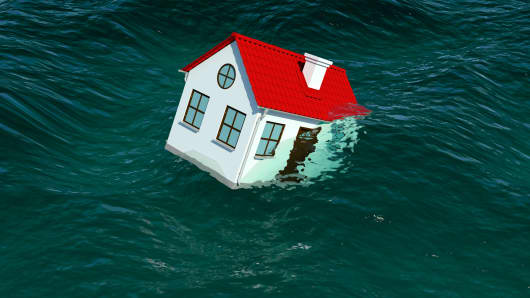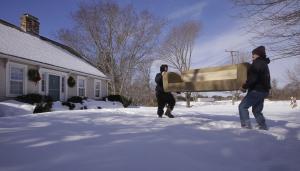In your permaculture design, you want to shoot for a near-zero-waste system. That doesn’t have to happen overnight, but it is definitely a primary goal. If the systems you design are wasteful, they will forever be reliant on large quantities of external inputs to keep them running. Most lawns are like this. Without chemical fertilizers, city water, and gasoline to run the mower, they would very quickly cease to look the way they do.
Many of the external resources we rely on every day are nonrenewable (at least in a human timescale). Once we use them, they’re gone. Relying heavily on these resources for day-to-day operations means we are more susceptible to market fluctuations and supply chains, and thus less resilient. In an emergency the lawn can just grow and become weedy, but what happens when we rely heavily on external inputs for our food, water, and heat?
This chapter focuses on where leaks often appear in systems and how we can minimize them, thus eliminating waste. The idea is to integrate those surpluses (another name for waste considered from a different perspective) back into our systems in some way. For instance, if we produce compost, apples that go bad can’t really go to waste. If we apply the principle of efficient energy planning and the concept of next highest use, we don’t really waste energy. Overall, the goal is to manage the inflows and outflows of our systems. We aren’t going to create completely closed-loop systems (where nothing enters or leaves), but we want to get a lot closer to that than where we are right now. Ultimately, we want to be very conscious of how the outflows of our systems can be used as inflows. Any outflows we do end up with should not harm the environment nor our neighbors.
Types of waste to address in your design include human waste, greywater, food and yard waste, and heat. We have already explored some ways to turn food and yard waste into compost in the earlier chapter on soil fertility. We’ll look more closely at the other topics here.
Human Waste
The topic of managing human waste, also known as humanure, is pretty much considered taboo in Western culture. You don’t talk about it in polite company. However, it is imperative that we begin to take responsibility for the humanure we produce. Unfortunately, the centralized systems upon which many of us rely and conventional home septic systems do not score that well on their ecological report card. In many parts of the world, waste collected by municipal sewer systems is dumped into the ocean or injected into the groundwater. Even the municipal systems that are ecologically kinder often have enormous energy inputs. The amount of fresh, clean water wasted by these systems is staggering. Consider, for example, that the Colorado River no longer reaches the Gulf of Mexico, thanks partly to all the flush toilets in huge desert metropolises like Las Vegas and Phoenix.
read more…
http://www.motherearthnews.com/homesteading-and-livestock/self-reliance/zero-waste-homestead-ze0z1509zbay.aspx?newsletter=1&utm_source=Sailthru&utm_medium=email&utm_campaign=10.28.15%20MEN%20DIY%20eNews&utm_term=DIY%20eNews








